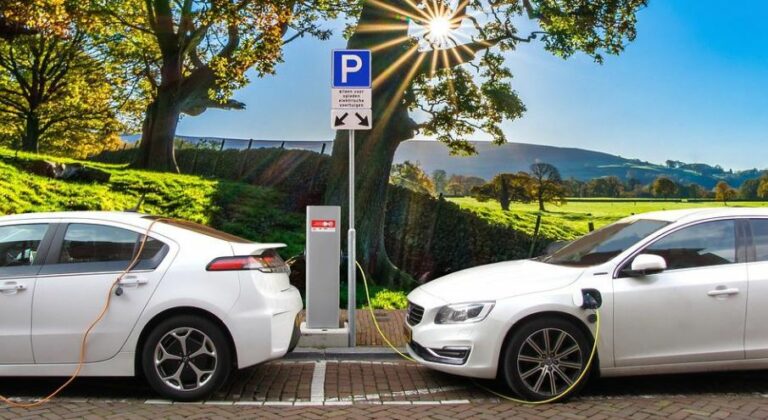The best-selling EV may hail from the United States, but when it comes to uptake among the domestic population, the U.S. is trailing Europe by some distance. As this infographic using Statista Mobility Market Outlook data illustrates, Tesla has its biggest potential customer base in Europe – and the gap is only set to get bigger.
Come 2026, Statista analysts estimate that there will be 4.4 million EVs sold in E.U. countries, compared to just 1.9 million in the United States – that equates to 997 and 556 vehicles per 100,000 people (using 2022 population figures), respectively. From 2016 to 2019, the U.S. was actually head in terms of adoption, but Europe rapidly became the pacesetter. Statista estimates EV revenues in the European Union to amount to $120 billion in 2022, compared to just $35 billion in the U.S. By 2026, revenues in the E.U. are set to surpass the $300 billion mark. In contrast, in the same year the U.S. should break the $100 billion barrier for the first time.
In the scope of the estimates are battery electric vehicles (BEVs), plug-in hybrid electric vehicles (PHEVs), road electric vehicles and passenger cars. Not included in the analysis are electric vehicles that are not self-contained and cannot be classified as BEVs or PHEVs, rail electric vehicles, surface and underwater vessels, electric aircraft or spacecraft, motorcycles, scooters, mopeds, buses, vans, and trucks.
You will find more infographics at Statista
Ask me anything
Explore related questions






